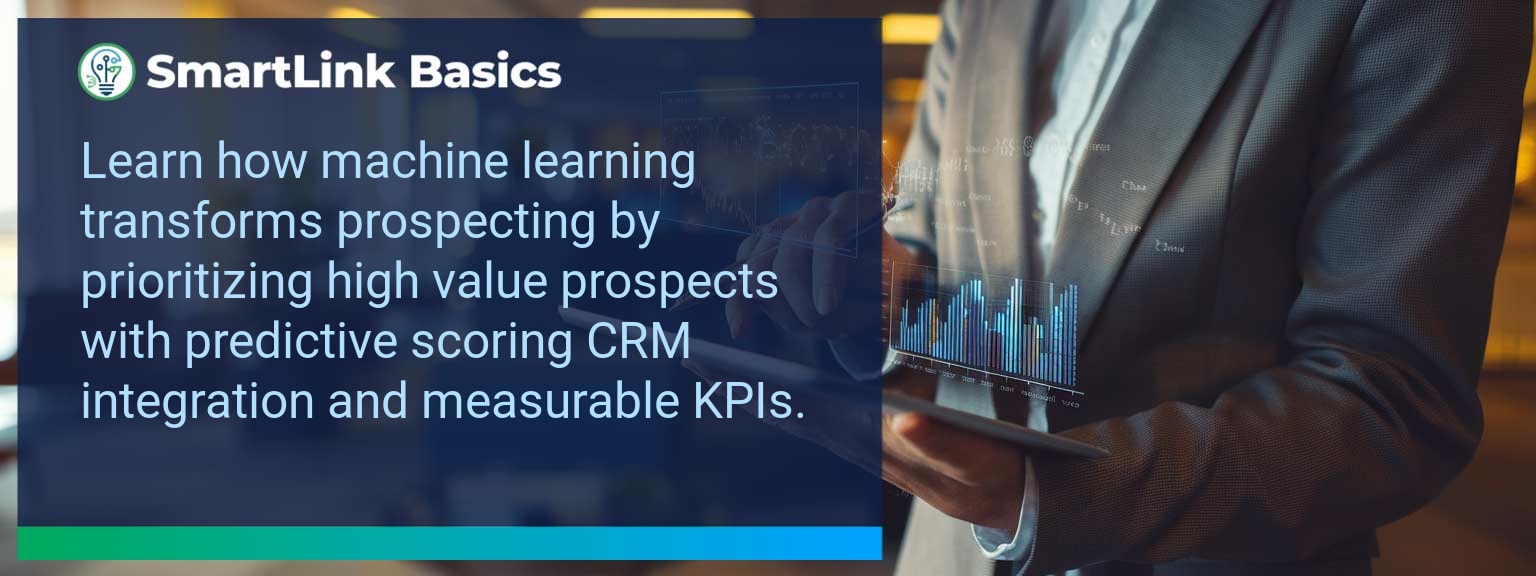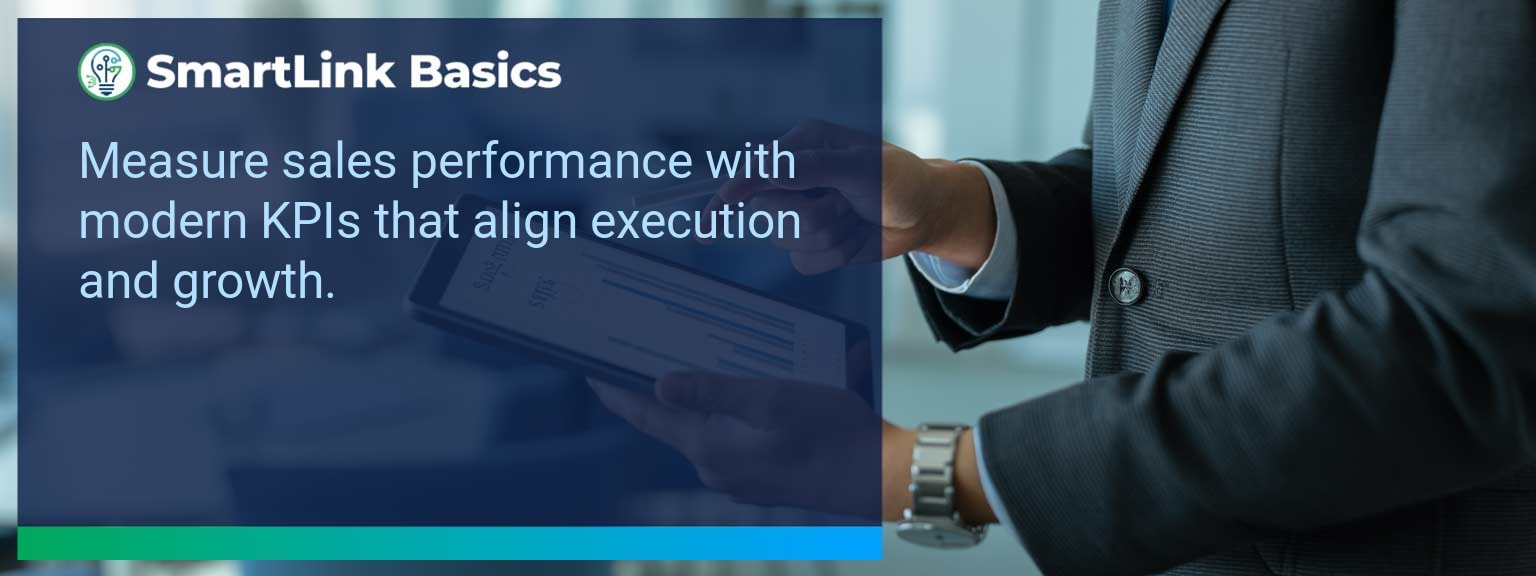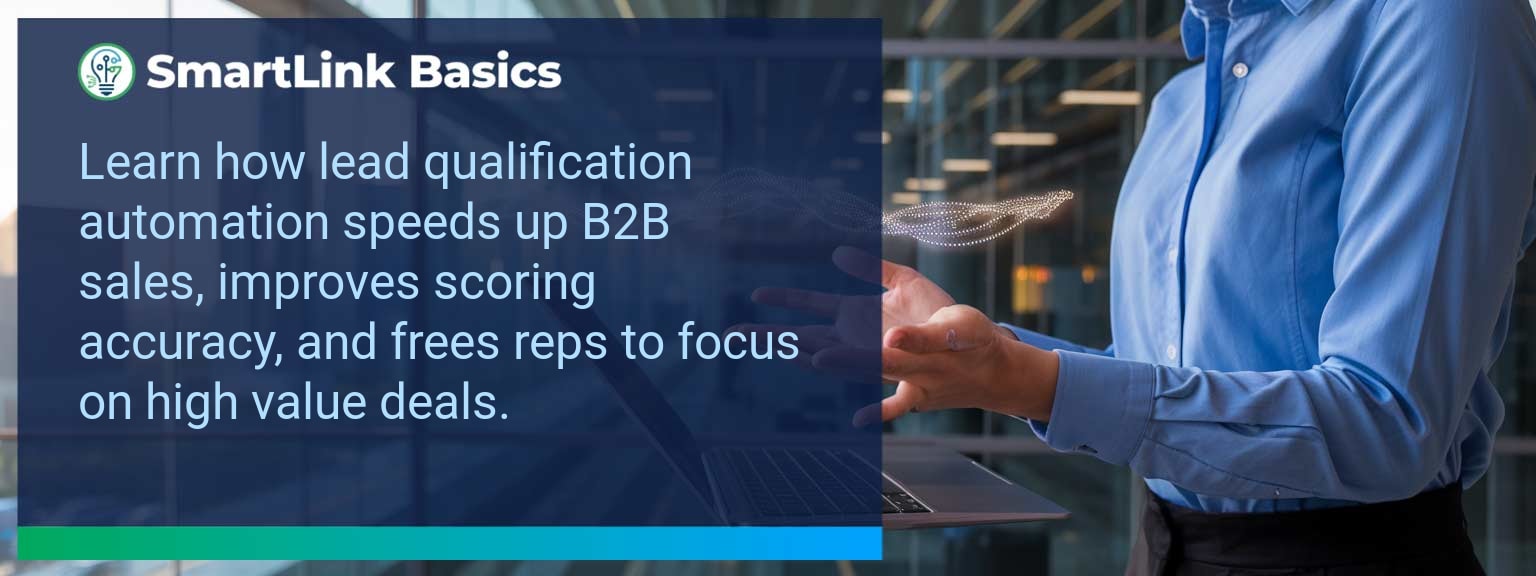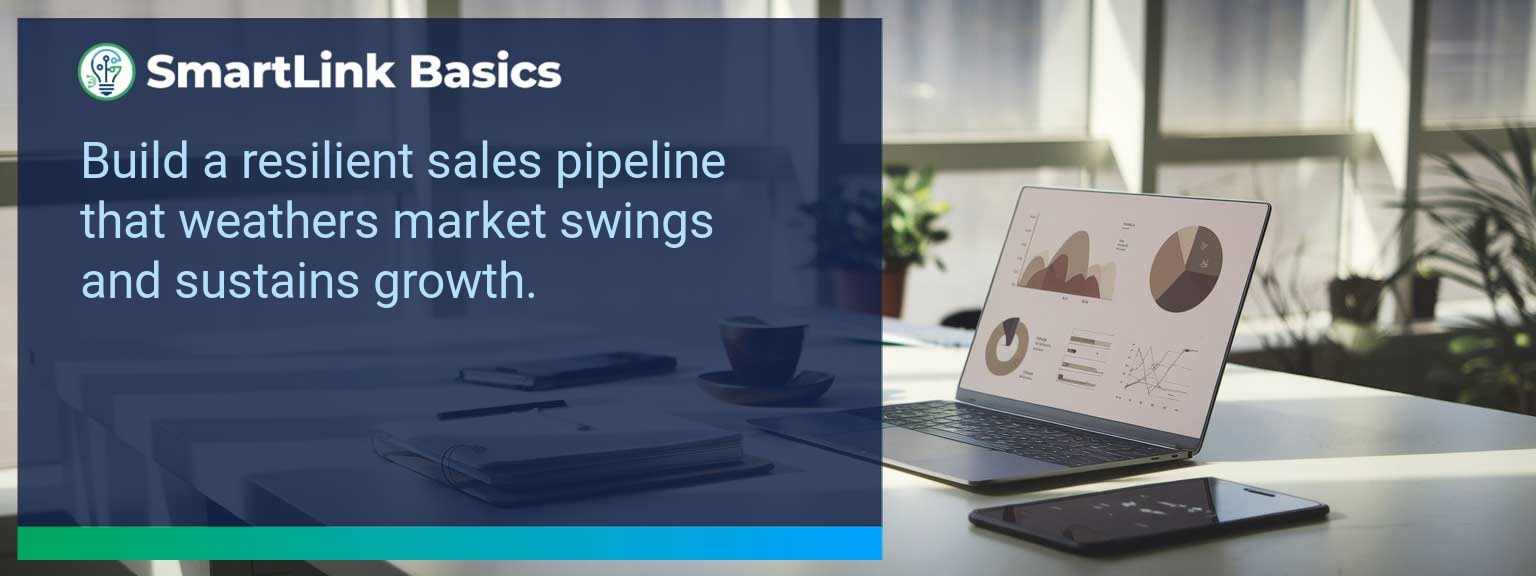Industry data shows that organizations adopting AI-driven automation achieve cost reductions of up to 30% while accelerating sales cycles by 20% or more (McKinsey, 2024). For sales leaders, AI automated workflows now define competitive advantage, enabling teams to reallocate time from repetitive tasks to high-value engagements. At SmartLink Basics, we help decision-makers implement these systems strategically, ensuring they integrate with existing revenue operations. In this article, you’ll see how AI automated workflows power business outcomes, the common obstacles that slow adoption, and practical steps to optimize processes. You’ll walk away with proven examples, a 90-day action blueprint, and measurable KPIs to track results.
- Automate repetitive administrative and CRM updates with AI.
- Integrate machine learning to personalize outreach at scale.
- Streamline approvals, quotes, and contract workflows for speed.
- Use predictive analytics to prioritize sales opportunities.
- Track adoption and performance with targeted metrics.
AI Automated Workflows: What Changed and Why It Matters
AI adoption has shifted from experimental to operational, making automated workflows a standard in high-performing sales organizations. The real advantage lies in combining workflow automation with artificial intelligence workflows to optimize every step of the revenue process. Sales leaders now use AI to synchronize touchpoints, reduce manual inputs, and ensure faster execution. For example, a B2B SaaS leader introduced automated lead enrichment and routing, cutting qualification time by 60%. Actionable insight: Audit processes for time-intensive handoffs and apply AI where repeatability is high.Redesign the Revenue Operating System With AI Automated Workflows
ICP, Segmentation, and Targeting AI-enabled segmentation uses historical wins, firmographic, and behavioral data to dynamically update ICP profiles. This ensures targeting precision without quarterly re-work. Pipeline Architecture Automated workflows push opportunities through the right stages based on engagement signals. AI flags at-risk deals for intervention. Plays and Messaging Integrated automation tools deliver personalized sequences based on buyer activity, increasing relevance at every touchpoint. Operating Cadence AI schedules follow-ups, forecast calls, and account reviews based on actual pipeline movement rather than static calendars. Actionable insight: Implement automation that adapts in real-time to both internal and buyer-driven events.Common Obstacles To Achieving Seamless Automation
The most frequent challenges are fragmented systems, inconsistent data quality, and cultural resistance. Without a unified data layer, automation amplifies errors rather than solving them. Coca-Cola Europacific Partners reported needing a full data governance upgrade before AI could improve sales workflows. Leaders must first assess infrastructure readiness and train teams to trust AI-influenced recommendations. Actionable insight: Before deployment, establish clean data practices and a single source of truth.Implementing AI To Optimize Workflows
Effective deployment of AI process optimization starts with mapping current-state processes, identifying friction points, and matching them with automation tools. For example, automating proposal generation based on CRM opportunity data can reduce turnaround from three days to one hour. Solutions combining business process automation platforms with machine learning integration enable continuous performance improvement. Actionable insight: Pilot in one high-impact stage, measure, and then expand.Tangible Benefits From Automated Processes
The benefits extend beyond time savings — sales leaders gain a scalable system. Tangible outcomes include faster quote-to-close, higher lead conversion, and better forecast accuracy. A manufacturing firm implemented AI-assisted order processing and cut errors by 40%, improving on-time delivery rates. Actionable insight: Track both speed and accuracy to measure workflow automation effectiveness.Metrics That Matter
| Category | Metric | Definition | Target |
|---|---|---|---|
| Leading | Workflow Completion Rate | % of automated sequences executed without manual intervention | 95%+ |
| Leading | AI Suggestion Adoption Rate | % of AI-generated action recommendations executed by reps | 80%+ |
| Lagging | Cycle Time Reduction | Decrease in time from lead entry to closed-won | 20%+ |
| Lagging | Revenue Per Rep | Average sales revenue generated per sales rep per quarter | +15% YoY |
| Quality | Automation Error Rate | % of workflows that trigger incorrect outcomes | <1% |
| Quality | Customer Satisfaction Post-Automation | Average CSAT score after automation implementation | ≥ 4.5/5 |
Innovations And Next Steps For AI Automation
Emerging capabilities like AI-generated playbooks, intent-driven dynamic routing, and integrated AR for virtual product demos are shaping the next wave of sales automation. Companies integrating these tools early will outpace competitors in speed and personalization. Actionable insight: Stay ahead by testing emerging automation features quarterly and aligning them with evolving buyer expectations.Get the 90-day plan, coaching rubric, and dashboard template to operationalize AI in your enablement program.
Turning AI Automation Into a Revenue Multiplier
AI automated workflows are now a strategic lever for predictable, scalable growth. This guide outlined current applications, adoption challenges, a 90-day execution plan, and measurable success criteria. To make automation pay off, sales leaders should integrate tools into one cohesive operating system and review results monthly for continuous improvement. Access more AI-driven sales enablement resources from SmartLink Basics to design a high-performance automation strategy. A high-performing sales organization thrives on resilience — the ability to adapt quickly when deals stall, markets shift, or quotas climb. At SmartLink Basics, we see that effective sales leadership is less about short-term wins and more about building teams that stay engaged, resourceful, and focused under pressure. For sales leaders, mastering resilience isn’t optional; it directly influences sales team management, leadership in sales, and long-term sales performance improvement. In this article, you’ll learn the key barriers to resilience, proven methods to strengthen leadership impact, and structured strategies to sustain success over time. You’ll also find a practical 90-day framework and clear performance metrics you can apply immediately.- Identify and address cultural and structural barriers to team resilience.
- Equip managers with consistent sales coaching and feedback frameworks.
- Align pipeline architecture and messaging to current market dynamics.
- Set clear, measurable, and achievable performance baselines.
- Commit to long-term leadership strategies that reinforce adaptability.
Common Barriers To Team Resilience
Many sales organizations fail to address the underlying issues that undermine performance longevity. The most common barriers include inconsistent leadership expectations, unclear role priorities, and pipeline instability. These create a reactive culture where teams lose focus when faced with unexpected market challenges. For example, a mid-market SaaS company saw deal velocity slow by 30% after a competitor entered its core market. Without a structured response plan, reps defaulted to deep discounting, eroding margins. Sales leaders can counteract this by diagnosing the cultural and operational friction points that erode confidence and aligning processes to reduce uncertainty.Proven Methods To Strengthen Sales Leadership
Building resilience starts with predictable leadership behaviors. Equip frontline managers with a structured coaching rhythm, applying consistent sales team management methods and feedback loops. This includes weekly pipeline reviews that focus not just on numbers, but on deal quality and progression risks. In practice, leadership in sales should emphasize transparent decision-making. Provide teams with a clear view of strategic objectives and the rationale behind shifts in approach. This maintains trust and engagement during periods of change. An actionable starting point is adopting a standard sales playbook that supports adaptability — giving reps tools to respond effectively without deviating from brand and pricing integrity.Positive Impacts On Team Performance
When sales leadership consistently reinforces resilience, teams show measurable improvements in win rates, cycle times, and retention. A manufacturing distribution firm that introduced structured coaching, performance baselines, and adaptive messaging saw a 14% increase in quarterly revenue after only two quarters. Beyond revenue, team motivation improved, with voluntary attrition dropping by 22%. Strengthened resilience leads to better sales performance improvement metrics, enabling leaders to forecast more accurately and scale successful behaviors across multiple teams.Long-Term Strategies For Sustained Success
Sustaining resilience requires embedding it into the organization’s operating cadence. This means integrating resilience-focused objectives into quarterly business reviews and ongoing leadership development programs. For continuous impact, link sales success tips to measurable outcomes — such as customer retention, gross margin stability, and territory growth. A long-term commitment also involves refining leadership strategies annually to reflect evolving competitive conditions and internal growth goals.Metrics That Matter
| Category | Metric | Definition | Target |
|---|---|---|---|
| Leading | Pipeline Coverage Ratio | Total pipeline value divided by quota | 3:1 |
| Leading | Coaching Hours per Rep | Average monthly one-on-one coaching hours | 4 hours |
| Lagging | Win Rate | Closed-won deals divided by total qualified deals | >35% |
| Quality | Client Retention Rate | Percent of clients retained over a 12-month period | >90% |
Get the 90-day plan, coaching rubric, and dashboard template to operationalize AI in your enablement program.









